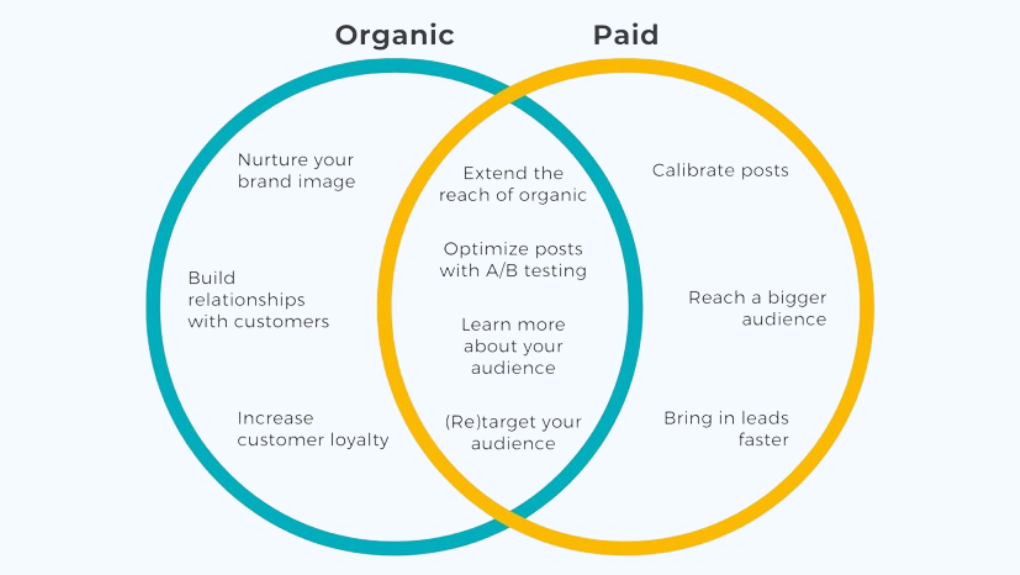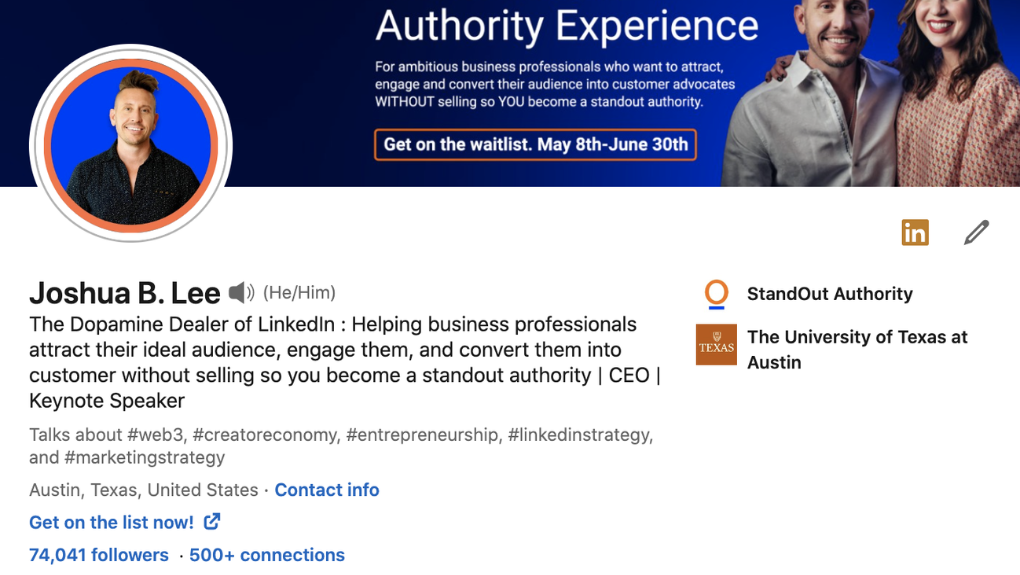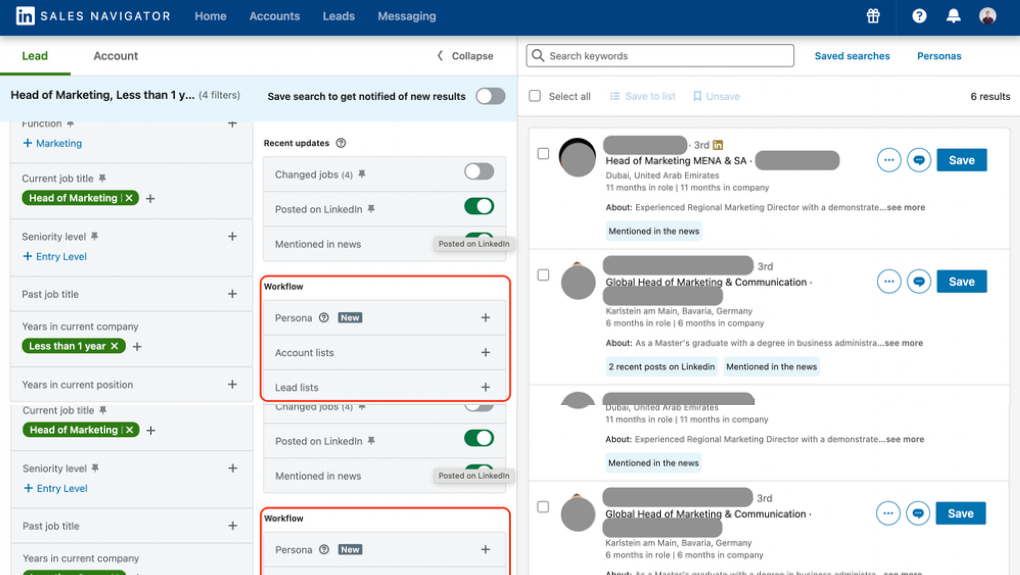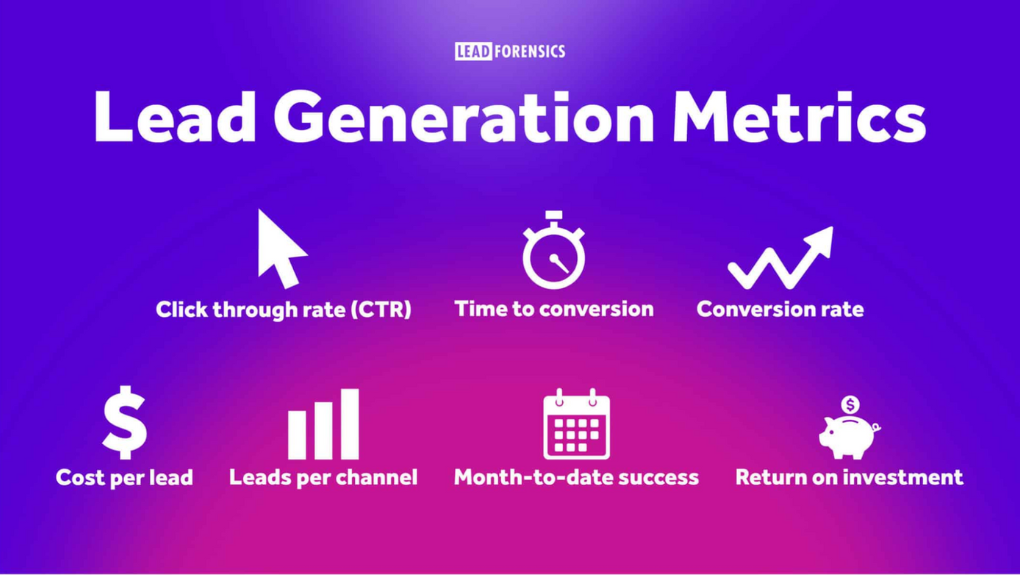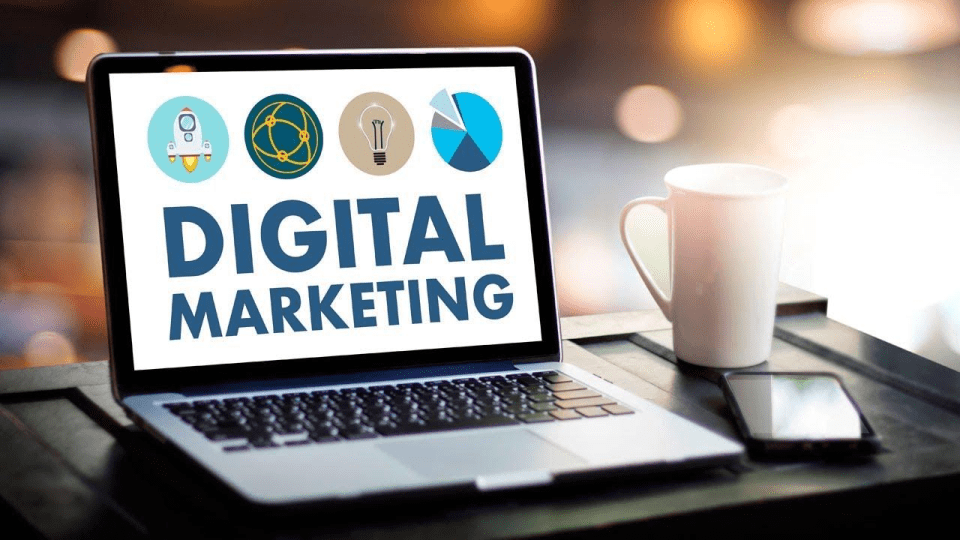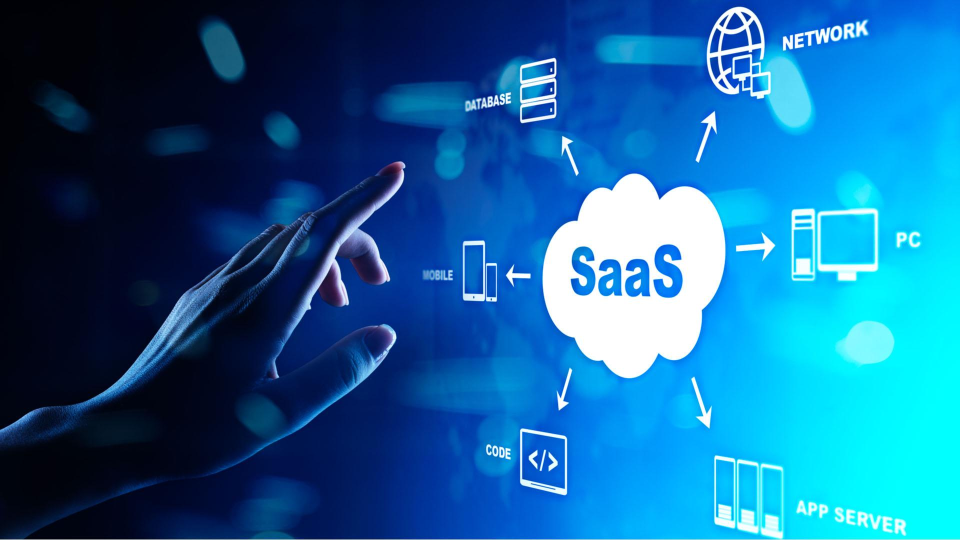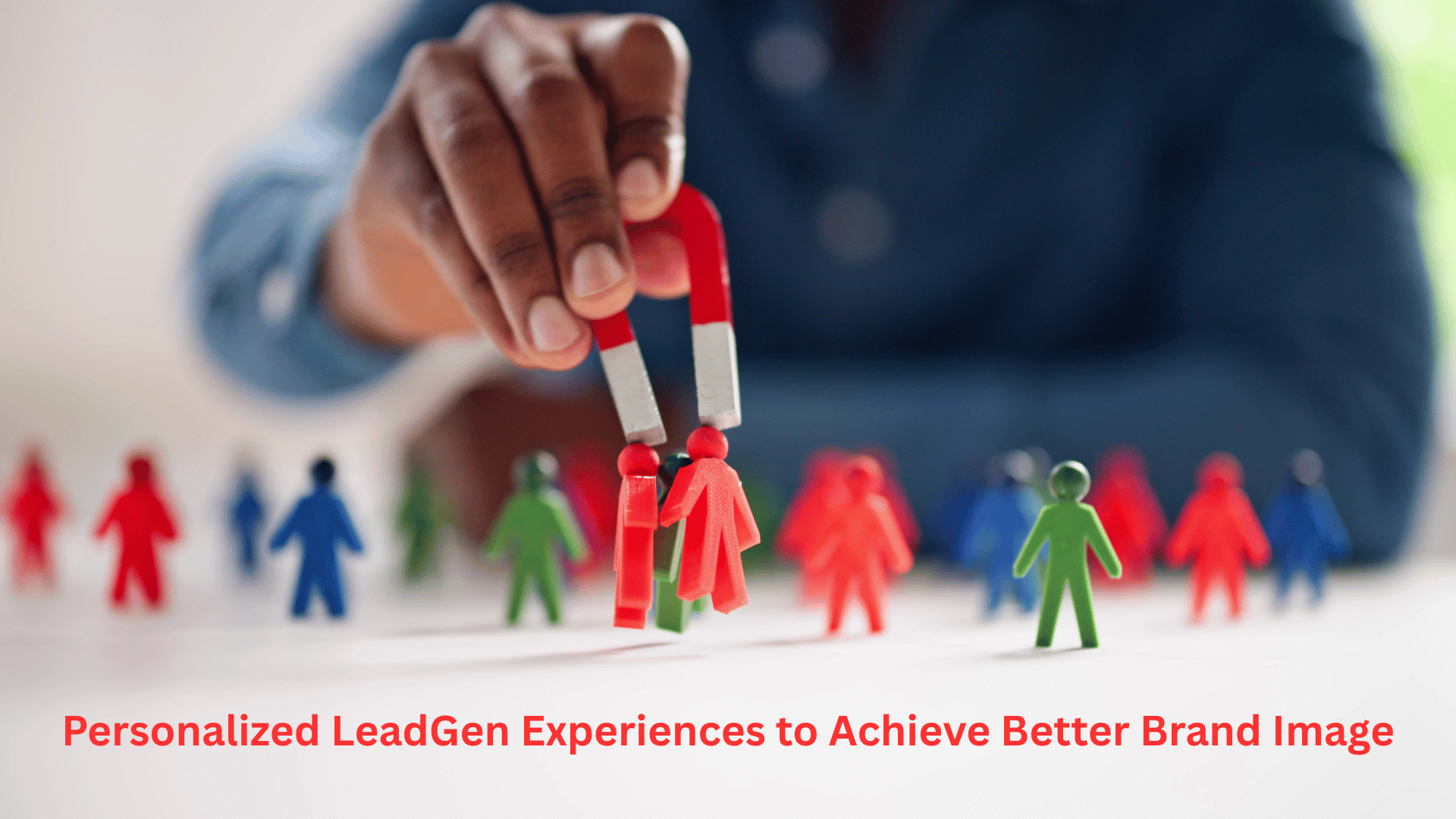How to Turn LinkedIn Connections into Valuable Business Leads?
LinkedIn these days has become one the best platforms to grow business, making it a powerhouse of professional networking for those who are willing to connect with their ideal clients.
One of its unique features is LinkedIn lead generation, which allows businesses to tap into a valuable network of decision-makers, professionals, and industry leaders.
Even if you have a small business or a large enterprise, learning how to generate leads on LinkedIn can significantly improve your marketing and sales efforts.
But why is LinkedIn so impactful these days? LinkedIn is specifically designed for professionals, making it a goldmine for B2B lead generation.
With the help of LinkedIn Sales Navigator and a combination of organic lead generation strategies, you can nurture quality LinkedIn leads that will give you real results.
In this blog, we'll learn about the importance, benefits, and actionable strategies for leveraging LinkedIn to generate leads effectively.
What is B2B LinkedIn Lead Generation?
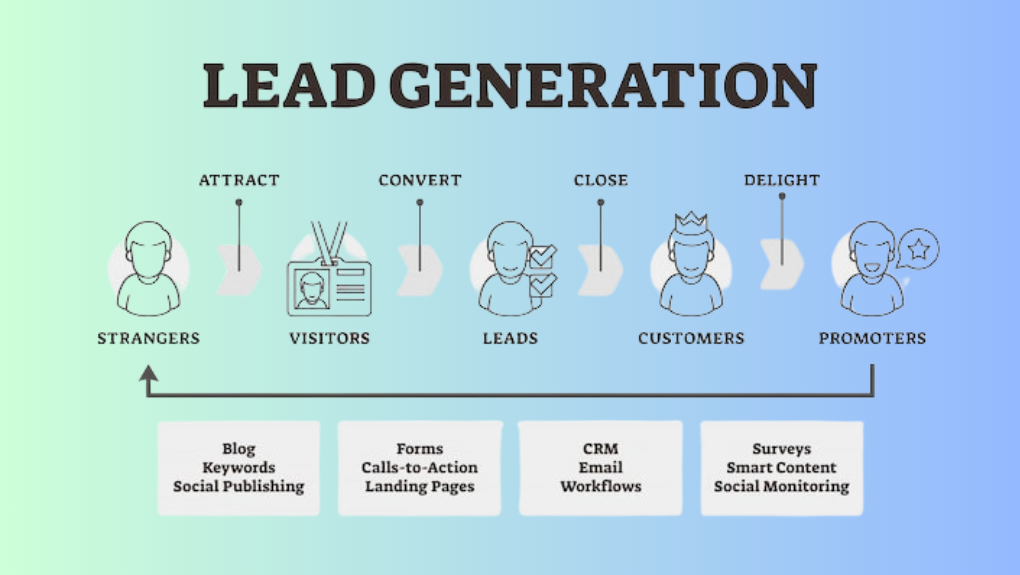
B2B LinkedIn lead generation is the process of using LinkedIn to identify and attract business clients or partners.
It is a strategic approach where businesses connect with like minded professionals which helps them to improve their skills, expand their network and create opportunities for collaboration, sales, or partnerships.
Unlike traditional lead generation methods, LinkedIn offers a targeted approach. Businesses can filter potential leads for B2B based on their industry, job title, company size, or location.
This level of precision ensures you're not just gathering contacts but creating meaningful connections with prospects who are more likely to convert.
Why is LinkedIn Lead Generation Important?
LinkedIn isn't just a social network; it's a professional network, making it an indispensable tool for B2B lead generation. Here's why:
• Professional Audience: LinkedIn has over 900 million members, most of whom are professionals, executives, and decision-makers. Different from other platforms, its audience is highly focused on business growth, making it easier to connect with serious prospects. The platform also gives opportunities for networking, which can lead to valuable partnerships and collaborations.
• High Conversion Rates: Leads which are generated through LinkedIn are often more qualified, making them a bit easier to convert into paying clients. Since users are on LinkedIn with a business mindset, they’re more open to exploring opportunities, whether it’s a service, product, or collaboration. This results in higher-quality LinkedIn leads compared to other platforms.
• Advanced Tools: Features like LinkedIn Sales Navigator allow businesses to find and engage with their ideal audience. With detailed filters such as job title, industry, and geographic location, these tools help you target the right people. LinkedIn analytics also helps track performance and refine your strategies for better results.
• Content-Friendly Platform: Sharing valuable insights and content helps establish authority and attract LinkedIn leads organically. The platform's focus on professional knowledge-sharing allows businesses to showcase their expertise, build trust, and nurture long-term relationships with potential clients. With regular engagement through posts, articles, and comments it improves the visibility and credibility.
Types of Lead Generation
LinkedIn lead generation can be categorized into two types: Paid and Organic
1. Organic Lead Generation
Organic lead generation on LinkedIn is about creating engaging content, participating in discussions, and building relationships without spending on ads. It is cost-effective and sustainable but requires consistent effort and creativity. By focusing on building trust and showcasing expertise through consistent content sharing it helps attract LinkedIn leads naturally over time.
Organic methods are excellent for growing deeper connections with prospects, as they rely on authenticity and value-driven interactions. By focusing on creating meaningful relationships, businesses can achieve long-term results and maintain a stronger reputation. Organic strategies also allow businesses to learn more about their audience, improving their approach to better meet client needs.
2. Paid Lead Generation
Paid lead generation is using paid advertising or marketing strategies to attract potential customers (leads) for a business. Paid strategies use LinkedIn Ads to target specific audiences and drive faster results. Campaigns like Sponsored Content, InMail Ads, and Lead Gen Forms streamline the process of how to get leads from LinkedIn effectively. These ads are especially beneficial for reaching niche audiences and scaling lead-generation efforts quickly.
With precise targeting options, businesses can ensure their message reaches the right people, making paid lead generation an ideal choice for companies with immediate goals or larger budgets.
Strategy for Organic Lead Generation on LinkedIn
1. Optimize the Profile
The LinkedIn profile is the foundation of your organic lead-generation efforts. A well-optimized profile serves as your digital business card, creating a strong first impression.
• Use a Professional Headshot: A clear, high-quality photo builds trust and makes your profile approachable.
• Add a Banner Image: Use a banner that reflects your personal or business brand to make your profile visually appealing.
• Write a Compelling Headline: Highlight your expertise and value proposition to attract the right audience.
• Craft a Strong About Section: Showcase your skills, achievements, and career goals in an engaging and concise manner.
• Include Relevant Keywords: Optimize your profile with industry-specific keywords to improve visibility in searches.
• Highlight Experience and Skills: Detail your professional achievements and include endorsements for credibility.
By making sure that the profile is polished and aligned with goals, you increase the likelihood of attracting and engaging with the right audience. If you are lacking time or capacity to focus on making a great profile, you can also rent customized LinkedIn profiles, which will support your lead generation strategy in the right way.
2. Post Valuable Content
Sharing valuable content is one of the most important factors for building credibility and attracting LinkedIn leads.
Post regularly to keep your profile active and visible. Share insights, thought leadership articles, industry trends, and practical tips that resonate with your target audience.
Use a mix of formats such as text posts, videos, infographics, brochures, and documents to maintain variety and engagement. Incorporate storytelling to make your posts relatable and memorable.
Consistently include keywords like how to generate leads on LinkedIn to improve reach.
Encourage interaction by ending your posts with questions or inviting opinions, which can spark discussions and increase engagement. Respond promptly to comments to nurture relationships with your audience.
3. Engage With Your Network
Engagement is the key to building meaningful connections and staying visible on LinkedIn.
You can start by actively participating in your network's posts by liking, commenting, and sharing.
By making thoughtful comments that add value to conversations can catch the attention of both the author and other viewers.
By regularly reaching out to your connections using LinkedIn messages, whether to congratulate them on achievements or discuss potential collaboration opportunities can help to build a valuable network.
By engaging consistently, you foster trust and strengthen relationships, which can eventually lead to conversions.
Building rapport through genuine interaction is a cornerstone of organic lead generation. If you're struggling to build your LinkedIn presence from scratch, you can opt for profile optimization services along with options to buy LinkedIn Followers, which can help you create a solid foundation for lead generation.
4. Utilize LinkedIn Groups
LinkedIn Groups provide an excellent opportunity to connect with professionals in your industry or niche.
Joining groups relevant to your target audience allows you to tap into an engaged community of potential leads.
Actively participate by sharing insights, starting discussions, or responding to others’ questions.
You can positioning yourself as a thought leader by offering valuable advice without being overly promotional
Use group discussions as a way to understand the challenges your audience faces and tailor your solutions accordingly.
Be consistent in your participation to establish a presence and build trust over time because
LinkedIn groups are a great way to network with like-minded professionals while subtly showcasing your expertise.
5. Leverage Recommendations
Recommendations are written endorsements from colleagues, clients, or partners that highlight your skills, achievements, or character.
They act as social proof, showcasing your credibility and professional capabilities to others viewing your profile and helping you to build your credibility and attract quality LinkedIn leads.
Request recommendations and customer feedback from satisfied clients, colleagues, or partners who can vouch for your expertise.
Focus on getting endorsements that highlight specific skills or achievements relevant to your audience.
Offer to write recommendations for others in exchange, as this can encourage reciprocation.
These endorsements validate your professional capabilities and help to gain trust, making prospects more likely to connect with you.
Strategy for Paid Lead Generation on LinkedIn
6. Use LinkedIn Sales Navigator
LinkedIn Sales Navigator is a powerful tool designed to help businesses identify and connect with high-quality leads.
With advanced search filters, you can target prospects based on their job title, industry, company size, or location.
The tool also provides insights into your leads, such as recent activities or shared connections, enabling you to personalize your outreach.
You can save leads and receive updates on their LinkedIn activity, helping you stay informed and relevant.
Sales Navigator also integrates with CRM tools, streamlining your lead management process.
For instance, say you're a real estate developer targeting leads like property investors or commercial builders. Integrating Sales Navigator with your CRM for real estate developers helps you track prospects and close deals more efficiently.
By using this tool effectively, you can significantly enhance your paid lead-generation efforts.
7. Run Targeted Ads
LinkedIn’s advertising options are ideal for reaching a specific audience with tailored messages.
Sponsored Content, Text Ads, and InMail Ads are popular formats that allow businesses to deliver highly targeted campaigns.
You may use LinkedIn’s robust audience filters to define your target market based on criteria such as job function, seniority, or geographic location.
Create compelling ad creatives with clear CTAs to drive engagement.
You can also experiment with different ad formats to see which resonates most with your audience.
Running targeted ads will make sure that your content reaches the right people, increasing the chances of generating qualified LinkedIn leads.
8. Try Lead Gen Forms
LinkedIn LeadGen Forms simplify the process of capturing leads directly on the platform.
These forms are pre-filled with users’ LinkedIn profile information, making it easier for them to submit their details with minimal effort.
Include a clear and enticing offer, such as a free resource, consultation, or webinar, to encourage users to fill out the form.
Make sure your form is short and focused, asking only for essential information.
The simplicity of LeadGen Forms reduces friction in the lead-collection process, resulting in higher conversion rates.
Use the data collected to follow up with leads promptly and nurture them effectively.
9. A/B Test Your Campaigns
A/B testing is the process of comparing two versions of an ad or campaign to identify which elements, like headlines or CTAs, perform better, helping improve results through data-driven decisions.
It's important to optimize your LinkedIn ad performance. Test different elements of your campaigns, such as headlines, images, ad copy, or CTAs, to determine what resonates best with your audience.
Run two versions of the same ad with minor variations and compare the results. You can also experiment with targeting options to refine your audience and improve ROI. Analyze metrics like click-through rates (CTR) and conversion rates to identify what works.
For example, an AI consulting company might run an A/B test on LinkedIn to compare two versions of an ad promoting their AI-driven business solutions. One version could feature a headline like "Transform Your Business with AI" alongside an image of a futuristic city, while the other might use the headline "Boost Efficiency with AI Consulting" paired with an image of a professional team. By analyzing metrics such as CTR and conversions, they can determine which version resonates better with their target audience and optimize future campaigns accordingly.
A/B testing helps you make data-driven decisions, ensuring your campaigns are continuously improving and delivering better results.
10. Track Metrics
Monitoring your campaign performance is critical to the success of your paid lead-generation efforts.
Use LinkedIn’s analytics tools to track key metrics like impressions, clicks, and conversions.
Optimize your LinkedIn campaigns by sending online and offline conversion events back to LinkedIn for better feedback.
Leverage LinkedIn Conversion-API to refine and scale campaigns without relying on third-party cookies.
Analyze data to understand which campaigns are delivering the best ROI and adjust your strategy accordingly.
Pay attention to cost-per-click (CPC) and cost-per-lead (CPL) to ensure your budget is being spent efficiently.
Regularly reviewing and refining your campaigns based on performance insights will help you achieve your lead-generation goals while minimizing waste.
Tracking metrics ensures you stay on course and maximize the effectiveness of your LinkedIn advertising strategy.
Conclusion
LinkedIn has redefined how businesses approach B2B lead generation, providing a platform that combines professional networking with targeted marketing. By balancing organic lead generation with well-planned paid campaigns, companies can attract and convert high-quality LinkedIn leads effectively.
Tools like LinkedIn Sales Navigator empowers businesses to identify and engage their ideal audience, while consistent networking and content sharing establish long-term credibility and trust.
Mastering how to generate leads on LinkedIn demands time, effort, and a clear strategy, but the rewards can be considerable with time. Even if you're just beginning with LinkedIn lead generation or refining your existing tactics, these methods offer a roadmap for a handful of leads and a valuable audience for your business.
From optimizing your profile to running A/B-tested ad campaigns, every step is necessary in building a quality pipeline of B2B leads.
By combining consistent efforts with a data-driven approach, you can use the vast market of LinkedIn to grow your business.

